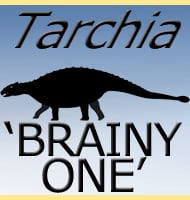Albertadromeus
In Depth Although only described from very incomplete remains, the relatively good state of preservation of them has allowed for the description of a new genus, Albertadromeus. Albertadromeus is believed to have been a small cursorial (ground dwelling) ornithopod that roamed around on just its two rear legs. The preserved limb elements known show that … Read more

